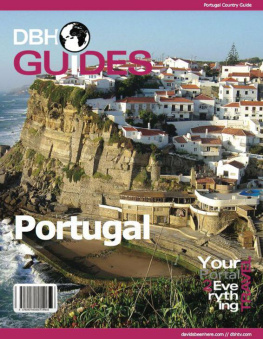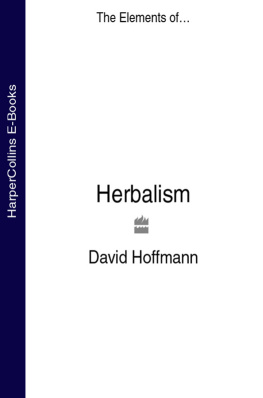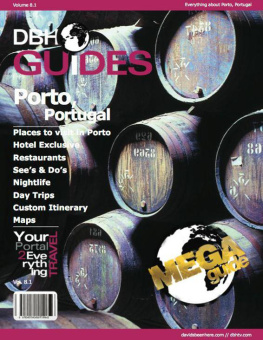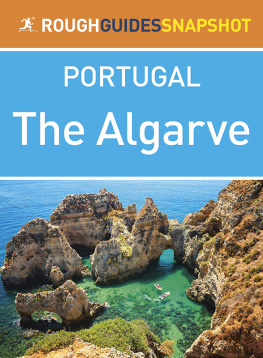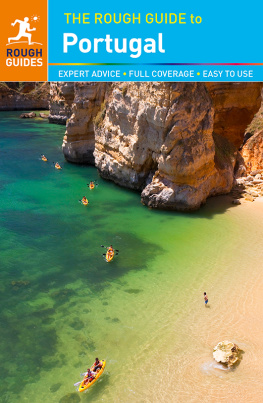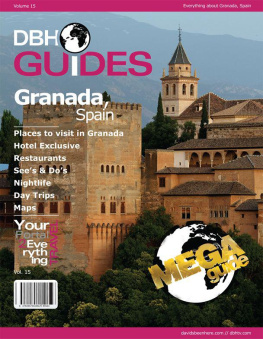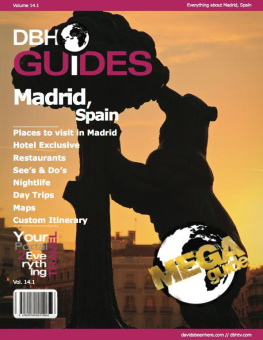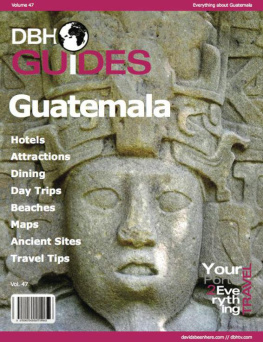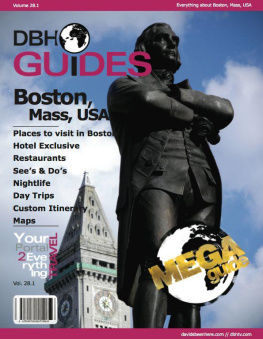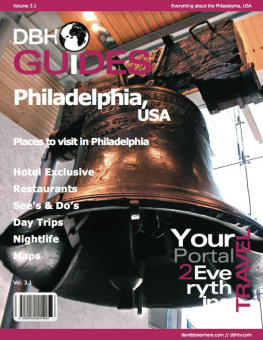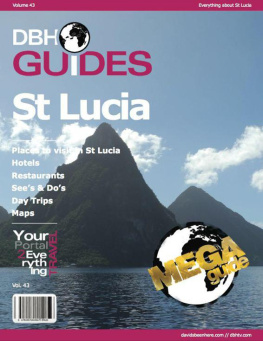Table of Contents
__________________________________
Intro
__________________________________
__________________________________
__________________________________
__________________________________
__________________________________
__________________________________
Portugal Intro
__________________________________

Brief History
The Portuguese Republic is the westernmost country of mainland Europe and is situated on the Iberian Peninsula. Further to the west, the Azores and Madeira archipelagos also form part of the Portuguese Republic. Like its neighbor Spain to the east, Portugal has been inhabited for millennia since the Stone Age. Later on, Celtic tribes that migrated from central Europe came to control much of the Iberian Peninsula for more than six hundred years until the arrival of the Romans in the year 218 BC. The Romans were attracted to the fertile soil and Atlantic Ocean access that the western lands could provide them, thus the Latin title Portus Cale (Big Port) was born.
Fast forward to the Middle Ages, when an Islamic force from North Africa began conquering the peninsula then known as Hispania and establishing kingdoms collectively known as Al-Andalus. The Moors dominated the land until the centuries-long Reconquista movement (718-1492) eventually drove them out of Spain and Portugal for good. During the Reconquista, several Christian kingdoms were able to emerge. At first, Portugal formed part of the Kingdom of Galicia, but eventually gained its independence. On June 25, 1139, Afonso Henriques proclaimed himself the first monarch of the land, becoming King Afonso I of Portugal.
Weather
Portugal has a temperate, Mediterranean climate with a particularly wet winter season. During the summer months, visitors enjoy 11 to 12 hours of sunshine and breezy conditions, especially in coastal cities like Lisbon and Porto. Areas north of the Tagus River are hilly while the land south of the Tagus is flat. Portugal is an ideal destination for Americans. In less than seven hours one could fly from New York City to Lisbon, and the country boasts hundreds of unforgettable experiences. With a host of stunning beaches, megalithic sites, energetic cities, wineries and medieval castles, who would ever want to leave?
Culture
Portuguese culture is a unique blend of folk traditions that vary by region. The arts, particularly music, form a huge part of the national identity. Fado music is by far the most iconic genre of Portuguese music. Characterized by passionate lyrics about love and loss, a melancholy tone and seductive guitar sounds, a live Fado show is a cant miss experience when in Portugal.
Cuisine
While largely influenced by its position in the Atlantic Ocean, Portuguese gastronomy varies significantly by region, giving foodie lovers reason to rejoice. While the Southeastern Alentejo region is known for its aromatic soups and pork dishes, the Centro region is known for its hearty goat recipes. Lisbon packs a punch with a remarkable selection of fresh seafood and scrumptious pastries like the famous Pastel de Belm tart. No trip to Portugal is complete without sampling some of the countrys renowned wines. Few know that Portugal actually produces more types of wine than Spain. In recent years, wine tourism here has boomed due to the abundance and rich flavors of wines like Port, Bairrada, Verdelho, Verde, Bucelas, Ribatejo and Douro.|
Extra Info
Hours of operation: Typical hours of operation are from 9 a.m.-1 p.m. and from 3 p.m.-7 p.m. Monday through Friday and Saturdays from 9 a.m.-1 p.m. Museums are closed on Mondays.
Currency: Euro.
Currency converter: www.xe.com

Braga Intro
__________________________________

The city of Braga, located in northwestern Portugal, is the oldest Portuguese city in the countrys verdant Minho region. Braga is home to more than thirty churches, but its religious significance is most certainly not a 21 st century occurrence. In the 12 th century, Braga was considered the religious capital of Portugal. Years of Christian influence undoubtedly have shaped Braga into what it is today; a charismatic combo of ancient and modern, with tons of baroque flair.
The ancient Romans took particular interest in the Minho province and used the area as the administrative center for their province Gallaecia , which included various cities along the northwestern Iberian Peninsula (modern day Spain and Portugal). Bragas history reads like that of so many other cities in the Iberian Peninsula. It was under Arab control during the 8 th century before being seized in 1040 by Ferdinand I of Len and Castile.
Beginning in the 16 th century, Braga underwent several architectural modifications, expansions and improvements. The city was transformed from medieval town to baroque beauty in less than 200 years with the help of its affluent archbishops. For this, Braga has been nicknamed the Rome of Portugal. It is a place where architecture enthusiasts can take in centuries of urban growth and revival. Braga is the third largest city in Portugal after Lisbon and Porto. The citys animated street side cafs, art galleries and bars are the telltale signs that hundreds of students from Erasmus Minho University and The Catholic University of Portugal live, study and play in this city.
Only 195 miles from Porto, Braga makes the perfect weekend getaway for food, architecture and design enthusiasts alike. Not surprisingly, Semana Santa ,or Holy Week has become a popular time to visit. The festivities provide a rare glimpse into the areas unique Christian traditions and storied past. If you plan on coming during this time, you should book accommodations well in advance. Also keep in mind that while most monuments remain open, many private businesses close during this time in observance of religious holidays.
Be warned: Bragas summers are hot, and I mean hot! Temperatures in May through September can reach the upper 90s, and it is not uncommon to experience triple digit temperatures during July, August and September.
In this guide, you will find all of the attractions I recommend for Braga. I experienced all of them during my visit to Portugal in November 2010. As part of a new feature in our 2012 DBH Guide series, at the end of this guide you will find a sample three-day itinerary for your trip.
The following websites are invaluable resources for first-time visitors:
www.visitportugal.com
www.portugal.com
www.cm-braga.pt
Hotel Bracara Augusta
__________________________________

This hotel borrows its name from Bragas original name, Bracara , and Emperor Augustus, who ruled the city around 20 BC.

Hotel Bracara Augusta is one of the only boutique hotels in the city center. Located in the main hub of Braga, it is near the pedestrian zone of Avenida Central and only a five-minute taxi ride from the Braga train station. There are several easily accessible shops and cafes in the vicinity. Despite being housed in a renovated 14 th century building, the hotel provides all modern amenities. Granite walls, grand arches, hardwood floors and pristine gardens characterize Hotel Bracara Augustas charm. The garden and pool areas are open to guests during the summer months and provide that special touch of serenity after a long day of touring the citys sites.
Next page
